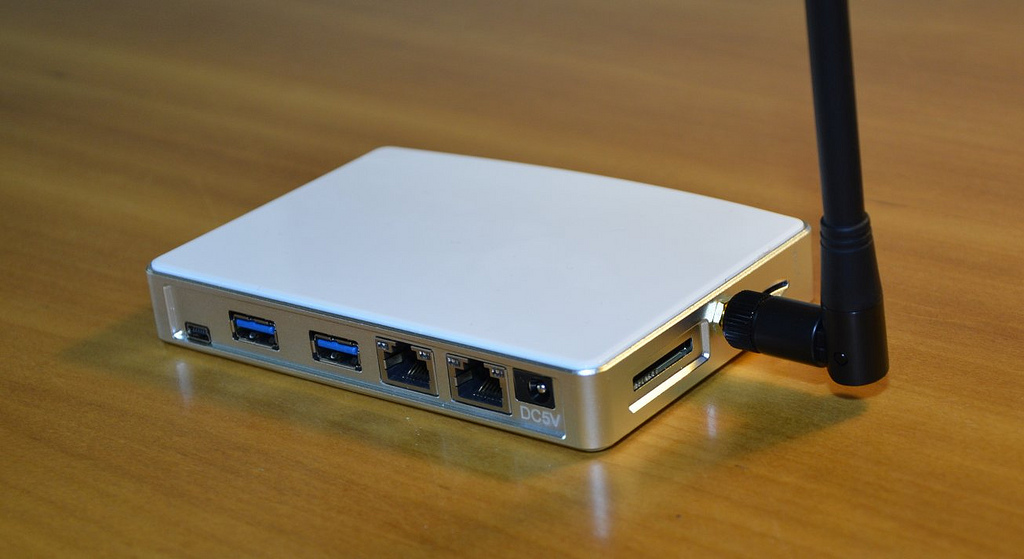Blogs
Looking Outside an AP’s Domain for Network Issues
December 11, 2018

Access Points (APs) were widely adopted into network infrastructure in the late 1990s, soon after the first commercial WiFi products appeared. They are used in homes and businesses, and, while early APs only supported about 20 devices, modern access points can support up to 255 clients. This increase of over 1000% was necessary, as wireless networks now must support more mobile devices, as well as an ever-expanding IoT. In fact, even with individual APs supporting 255 devices, most businesses, public WiFi areas, and schools need multiple APs. Each AP provides information about its own connected clients, allowing IT a look at the network, but the APs and devices operating a floor or a building away remain a mystery. This becomes a problem when network issues arise and an AP can’t identify the origin because – while the issue is affecting its clients – the origin lies with a source not connected to the AP.
Under these circumstances, it becomes necessary to use a wireless analytics platform to optimize network performance. Analytical tools on the market aim to extract meaning and value from available data in the quickest time possible. As networks continue to grow in scale and complexity, these tools provide better methods for keeping mission-critical WiFi operational. This is good news for IT when reported issues might be caused by external network interference, and more information is needed than that displayed on AP management infrastructure.
At Wyebot, the Wireless Intelligence Platform ™ (WIP) was designed and built to analyze wireless networks holistically from a WiFi network perspective and not an AP perspective. WIP’s multi-radio sensors operate passively, listening and collecting data 24/7 from all nearby channels to provide an analysis of network operations and client experience. This airtime utilization data reveals how well different businesses’ APs are sharing air space, provides a holistic look at the amount of noise and traffic in the air, and determines if, at any point, network issues are caused by infrastructure devices operating outside an AP’s domain. Airtime utilization is a key metric in assessing the health of a wireless network. The data provided by WIP can be used to assess overall network utilization and capacity, supporting various business operations as well as identifying external interference.
WIP uses airtime utilization data to provide autonomic WiFi assurance. The platform’s Artificial Intelligence-based engine analyzes all collected data using edge computing, and then executes big data algorithms using cloud infrastructure. The result is a platform that tells clients exactly what problems exist on the network, and automatically recommends solutions. WIP’s provided actionable steps are used by IT to resolve existing issues and proactively prevent further issues from occurring later, saving up to 90% in mean time to resolution. Working this way, WIP independently provides an expert opinion and actionable intelligence on data on the network in order to improve network performance.
As wireless networks and devices continue to grow, APs will be called upon to work in increasingly crowded environments. WIP’s vendor agnostic features provide complete wireless ecosystem visibility, and automatic detection, notification, and mitigation of any network anomalies to complement AP data. Its advanced wireless optimization algorithms and next-generation predictive analytics work to keep WiFi networks running reliably and efficiently. Use it today to improve business performance and customer satisfaction.




